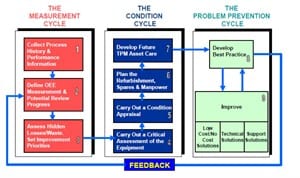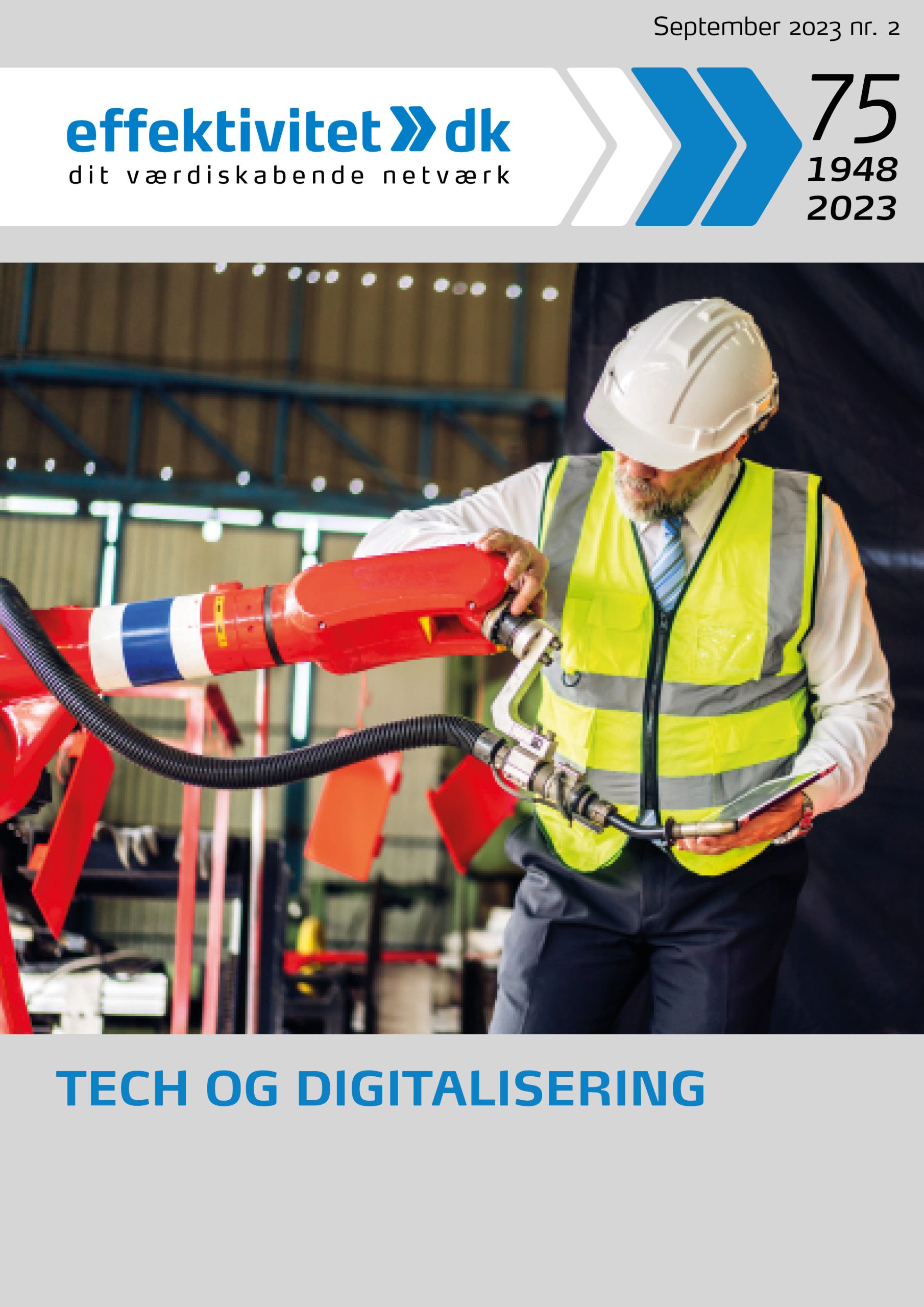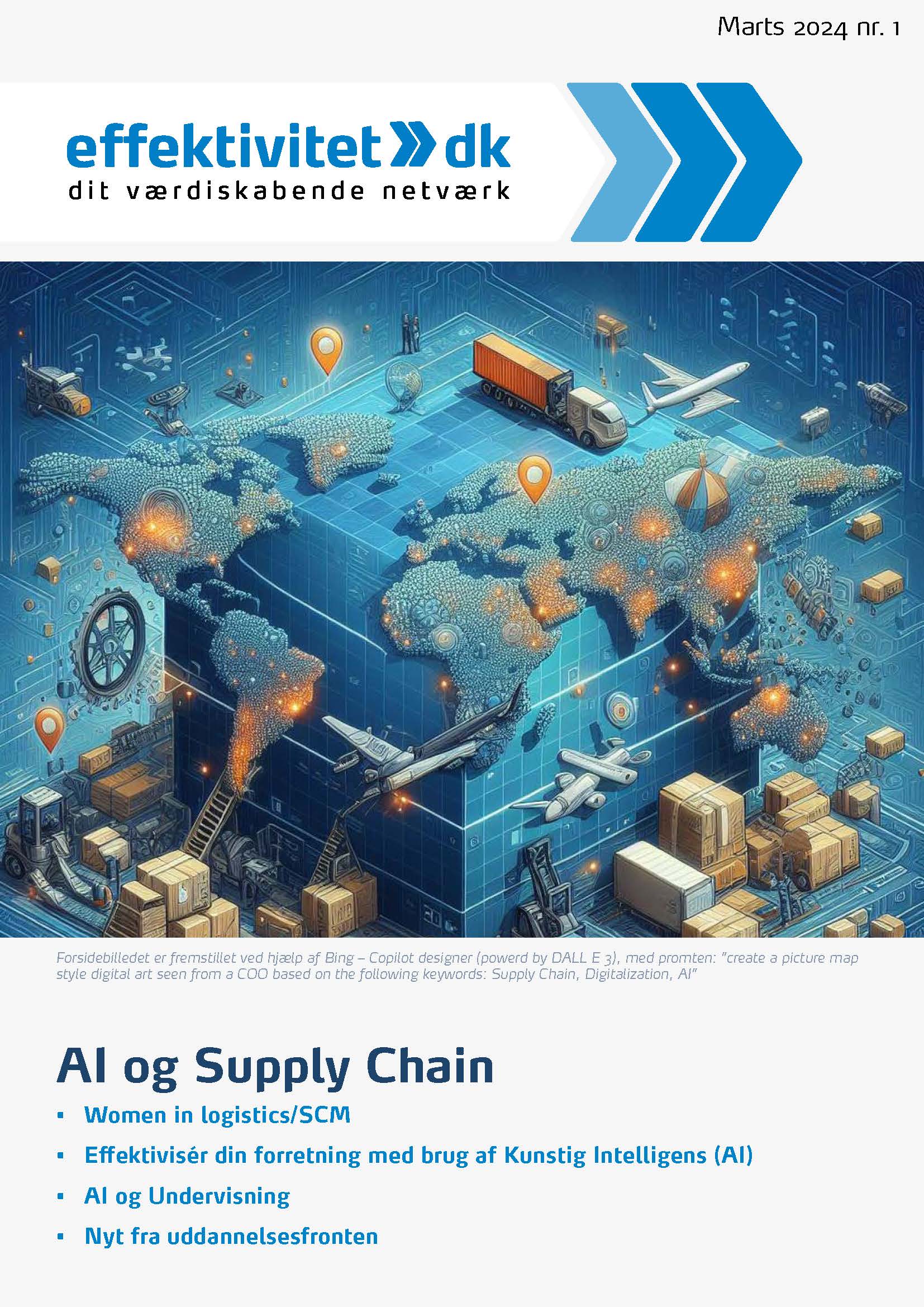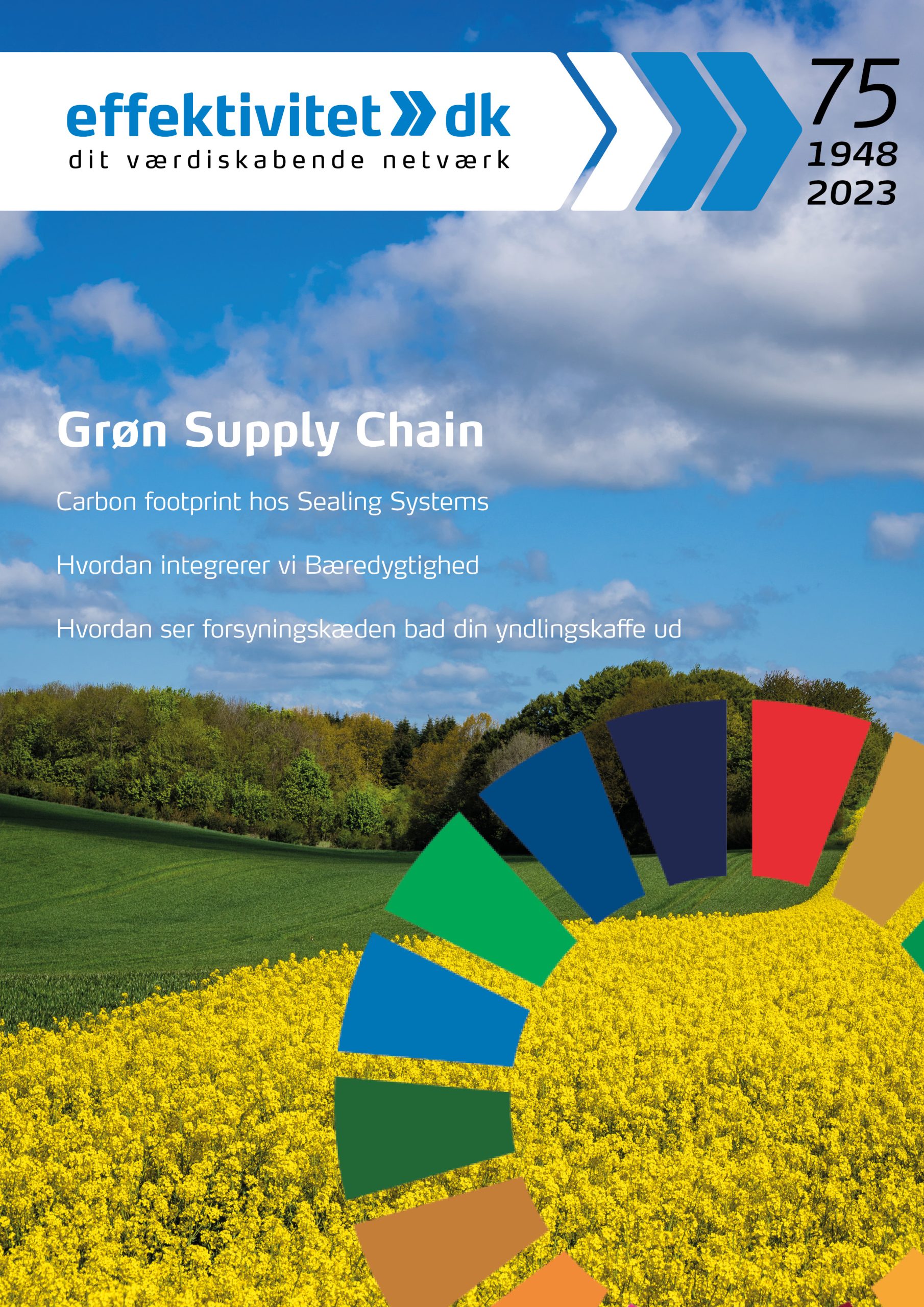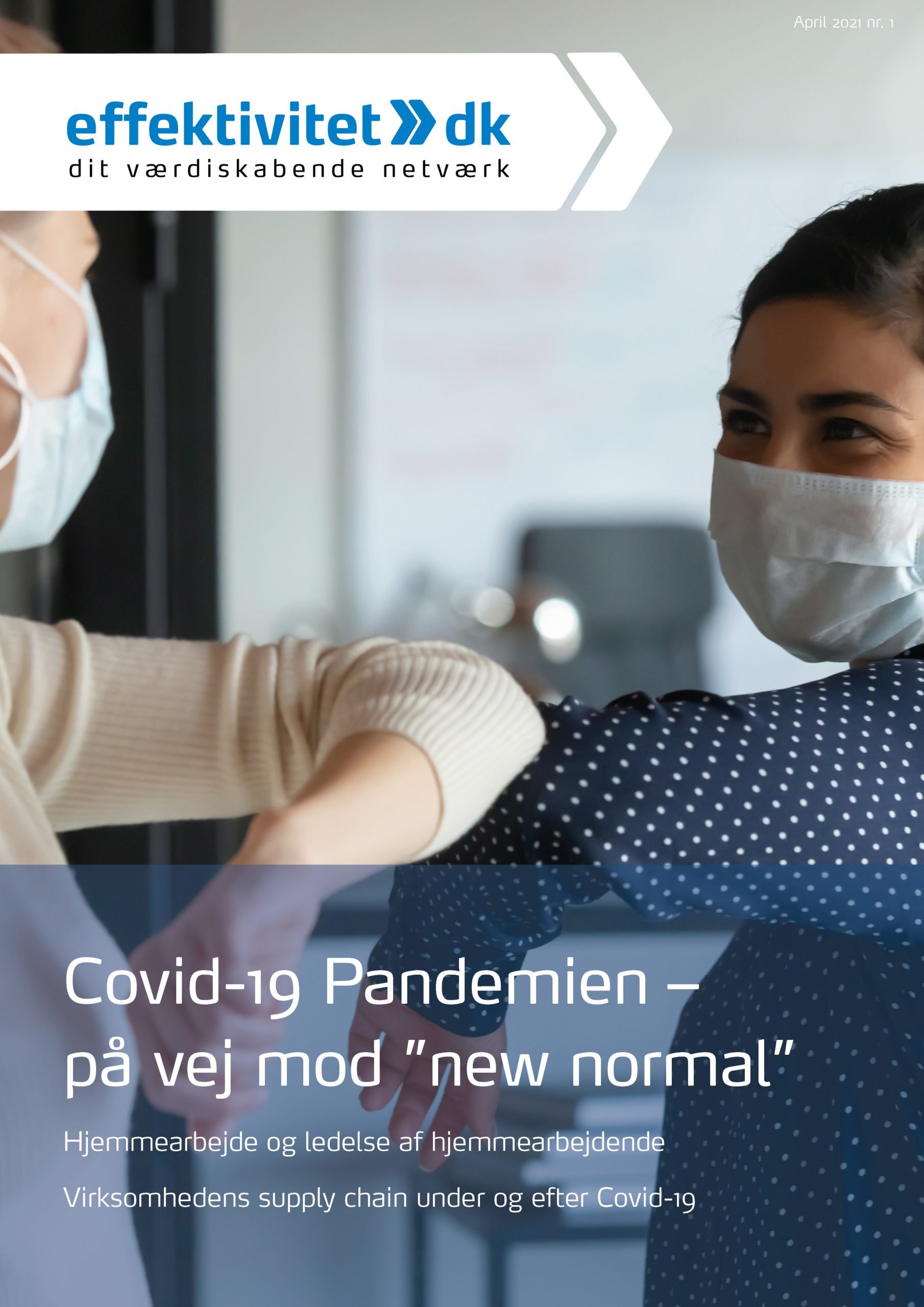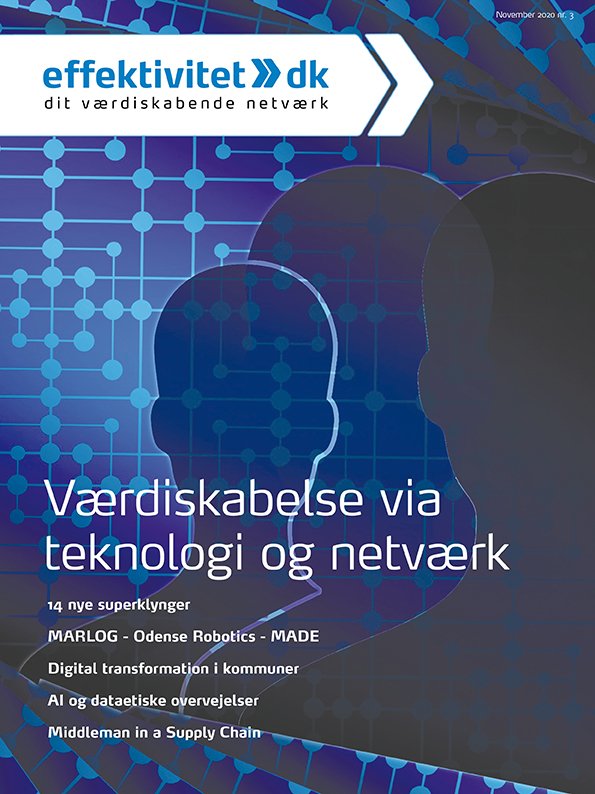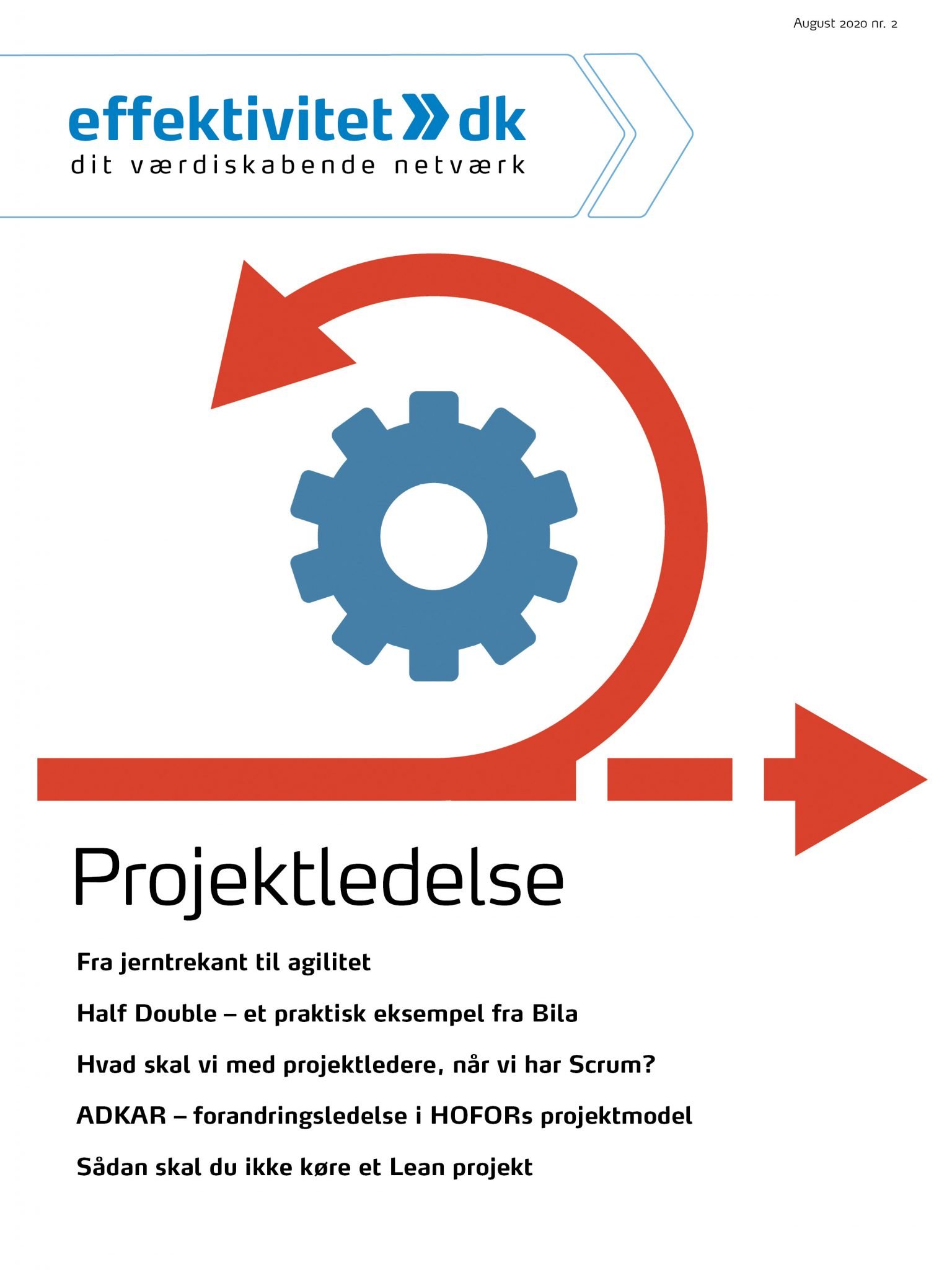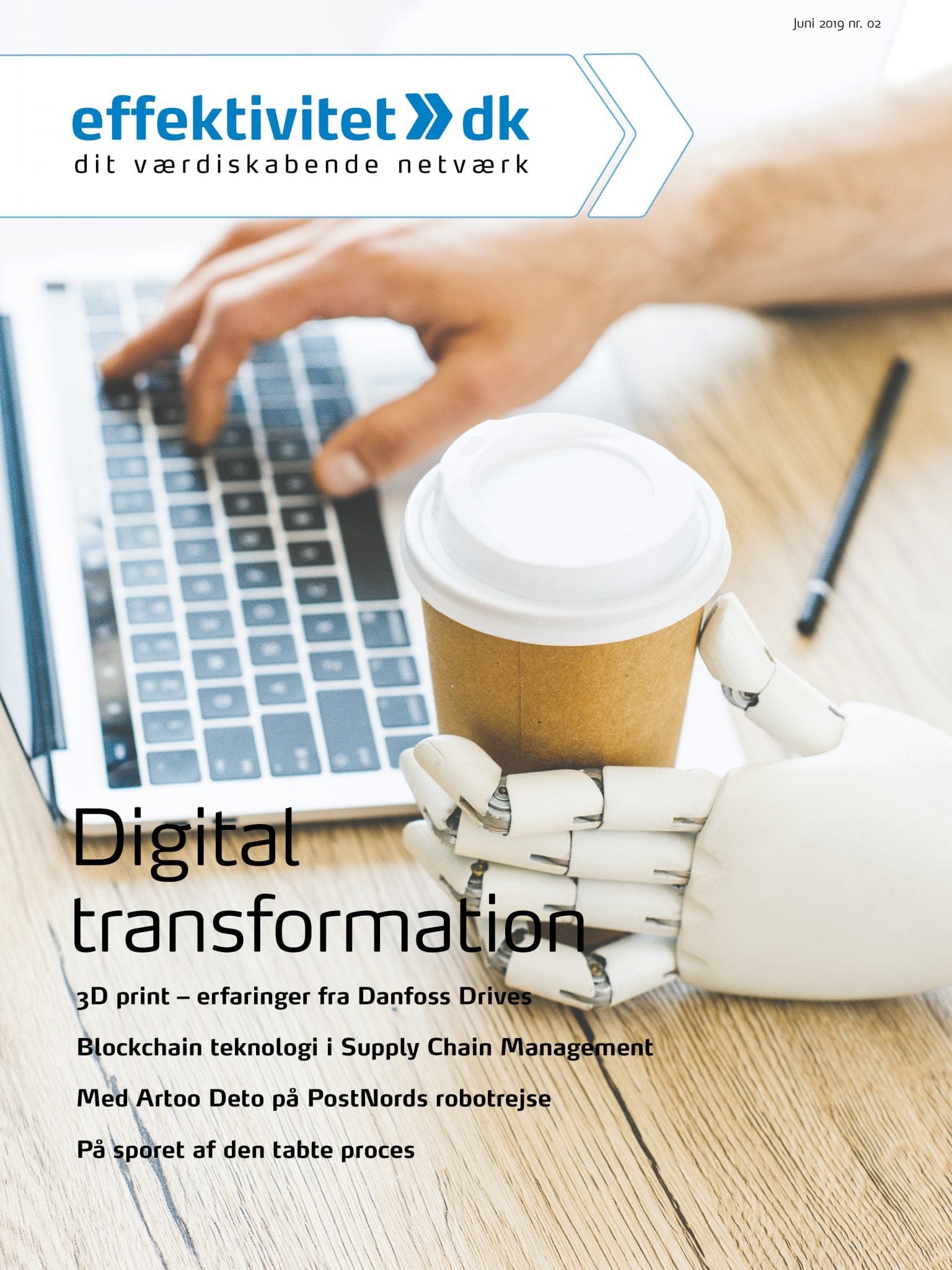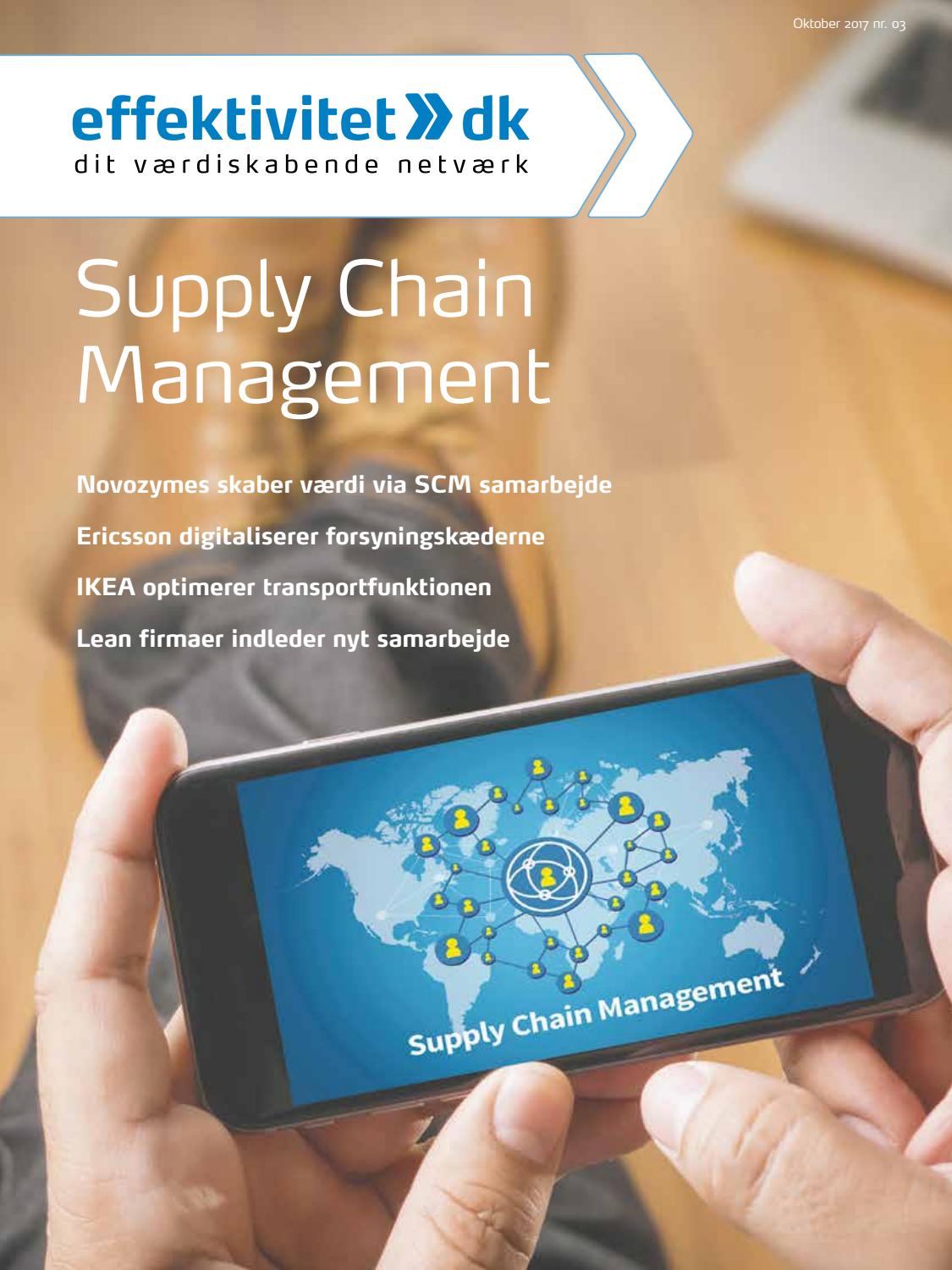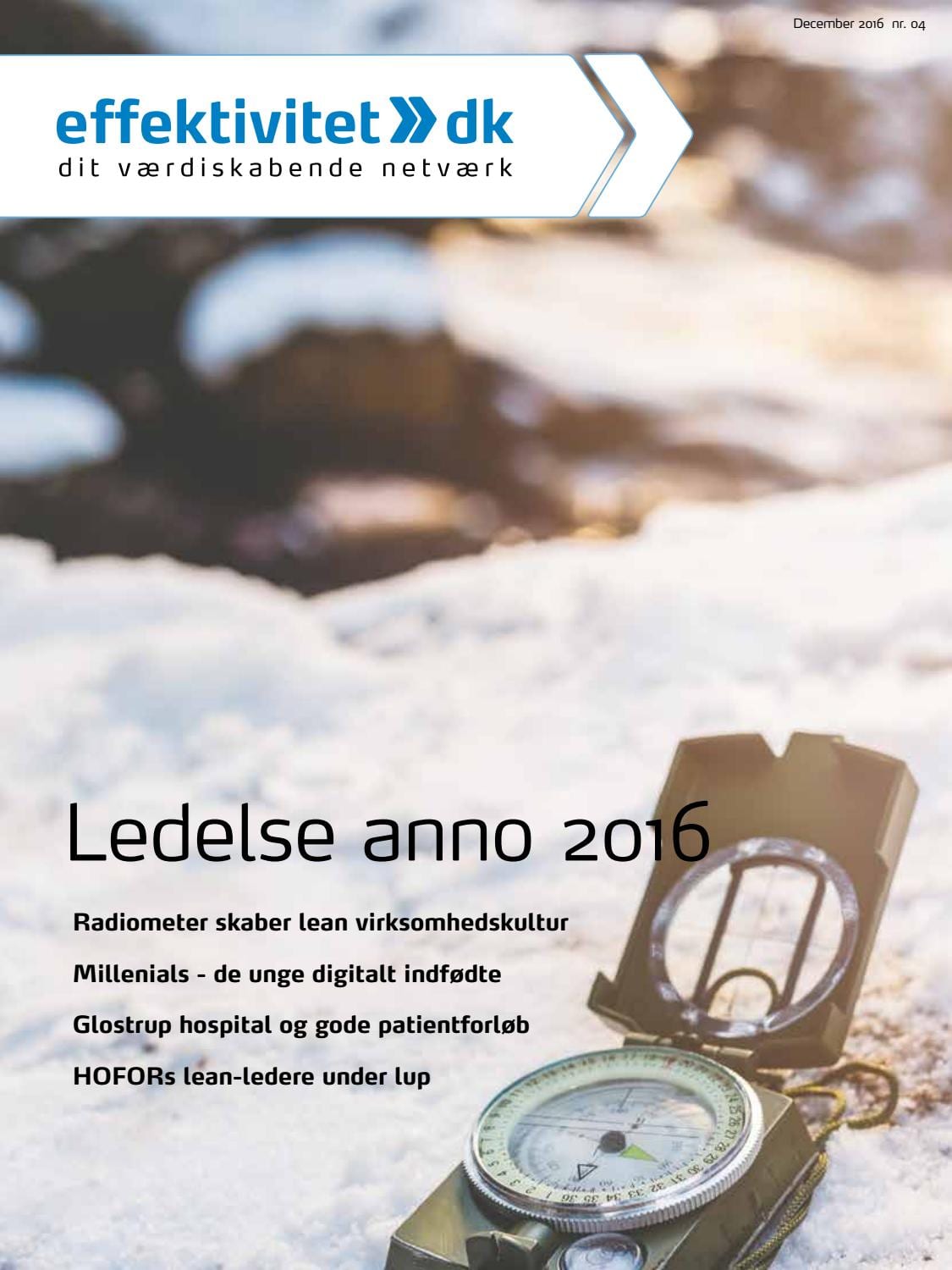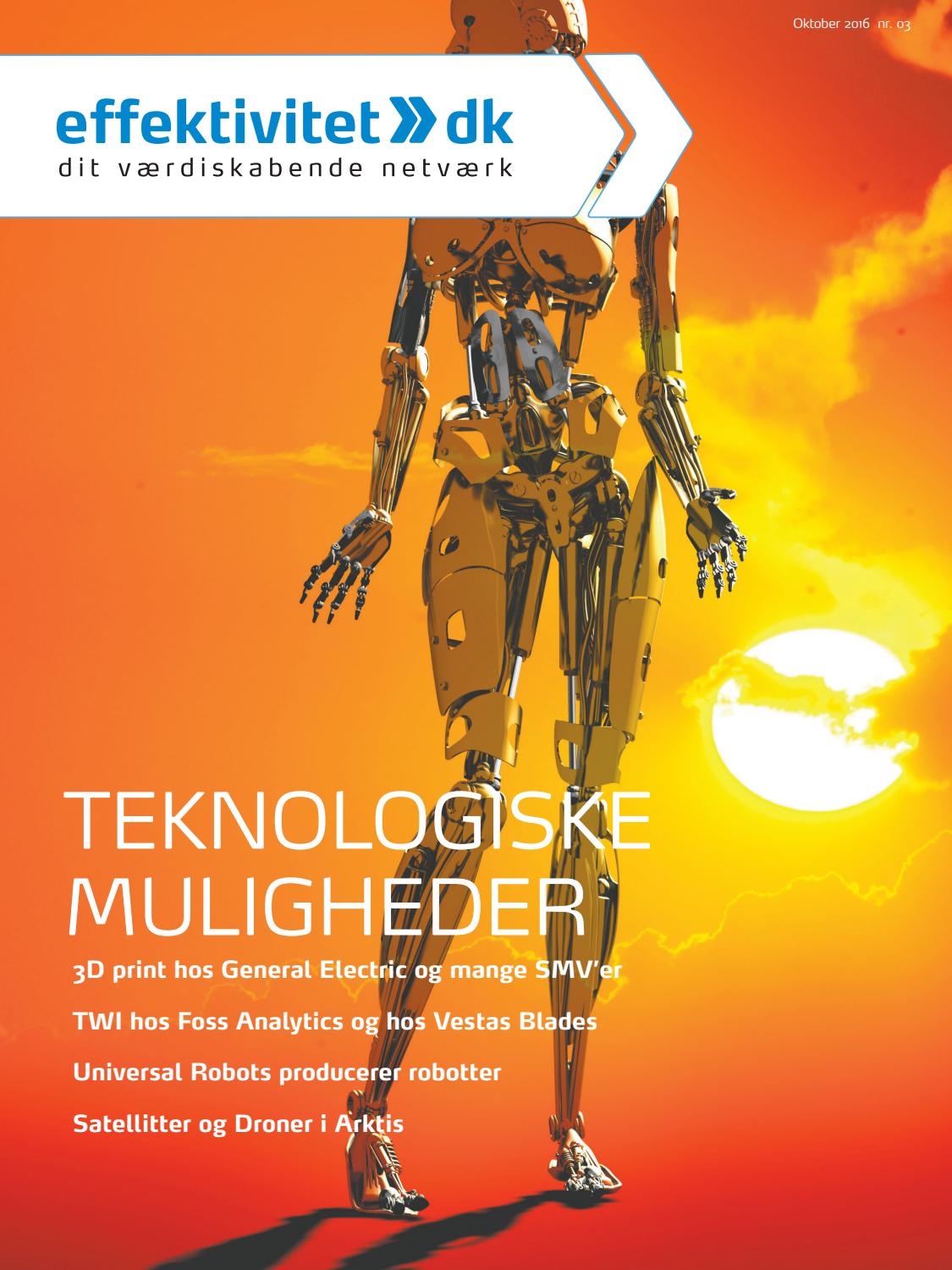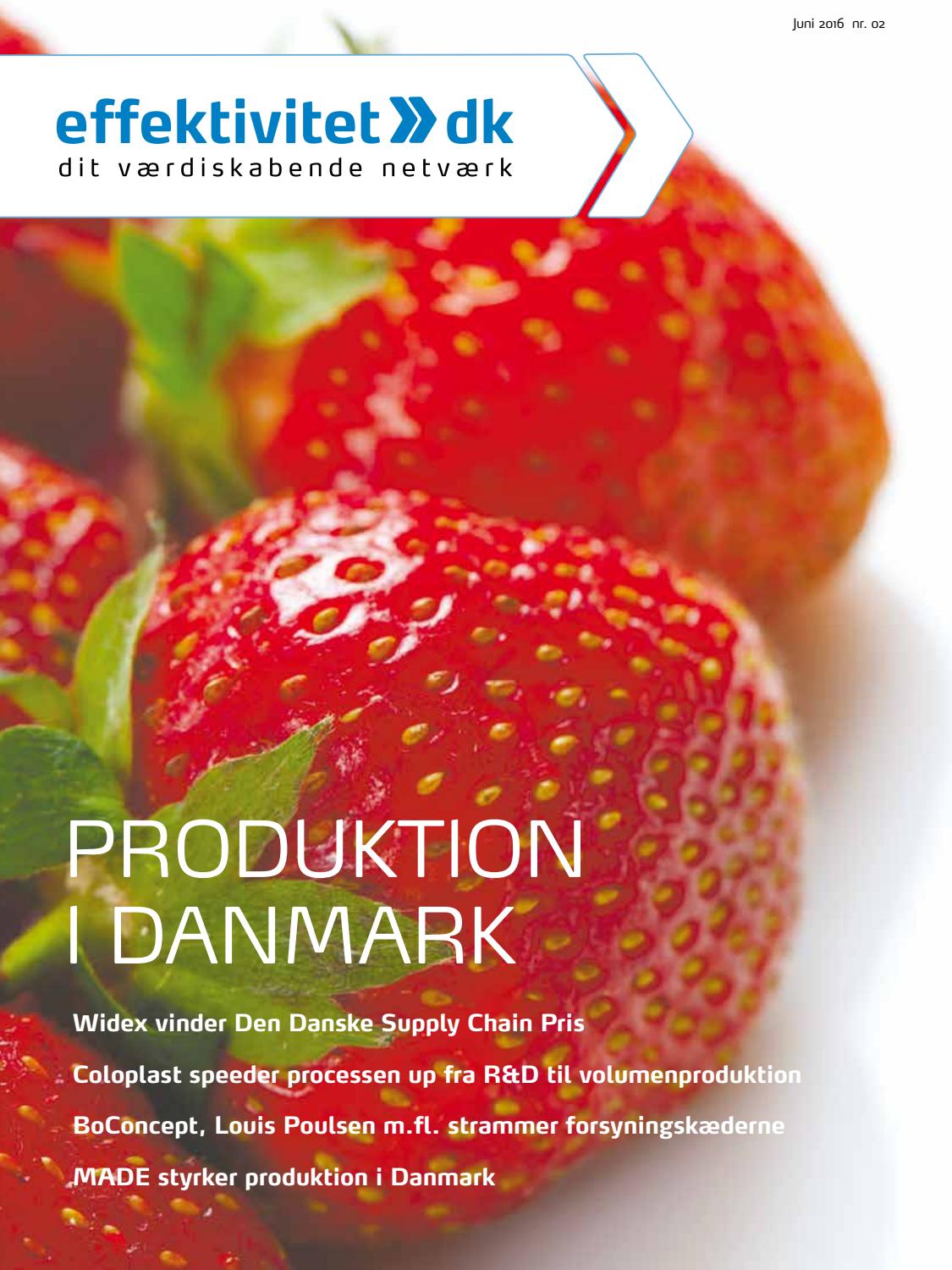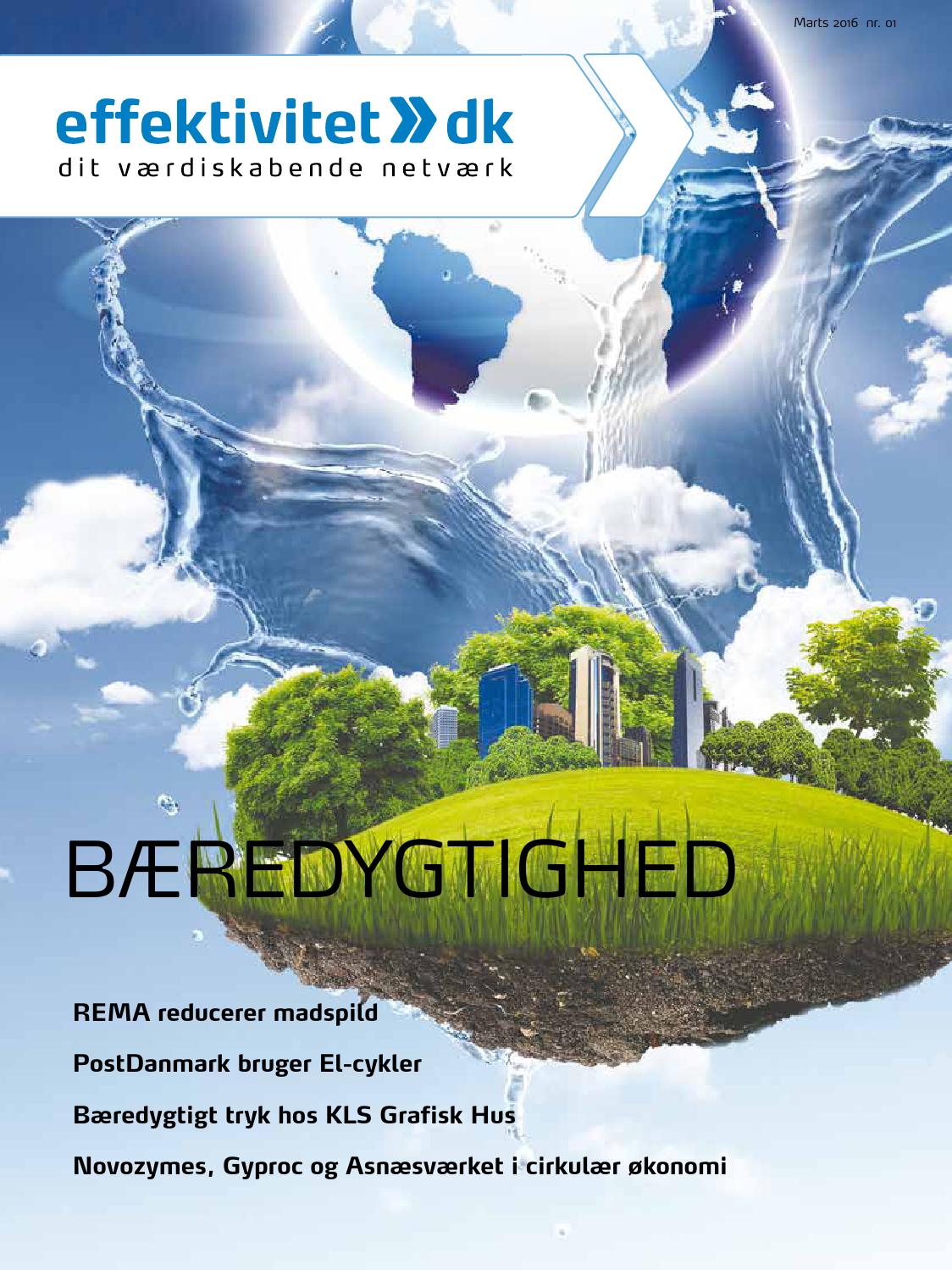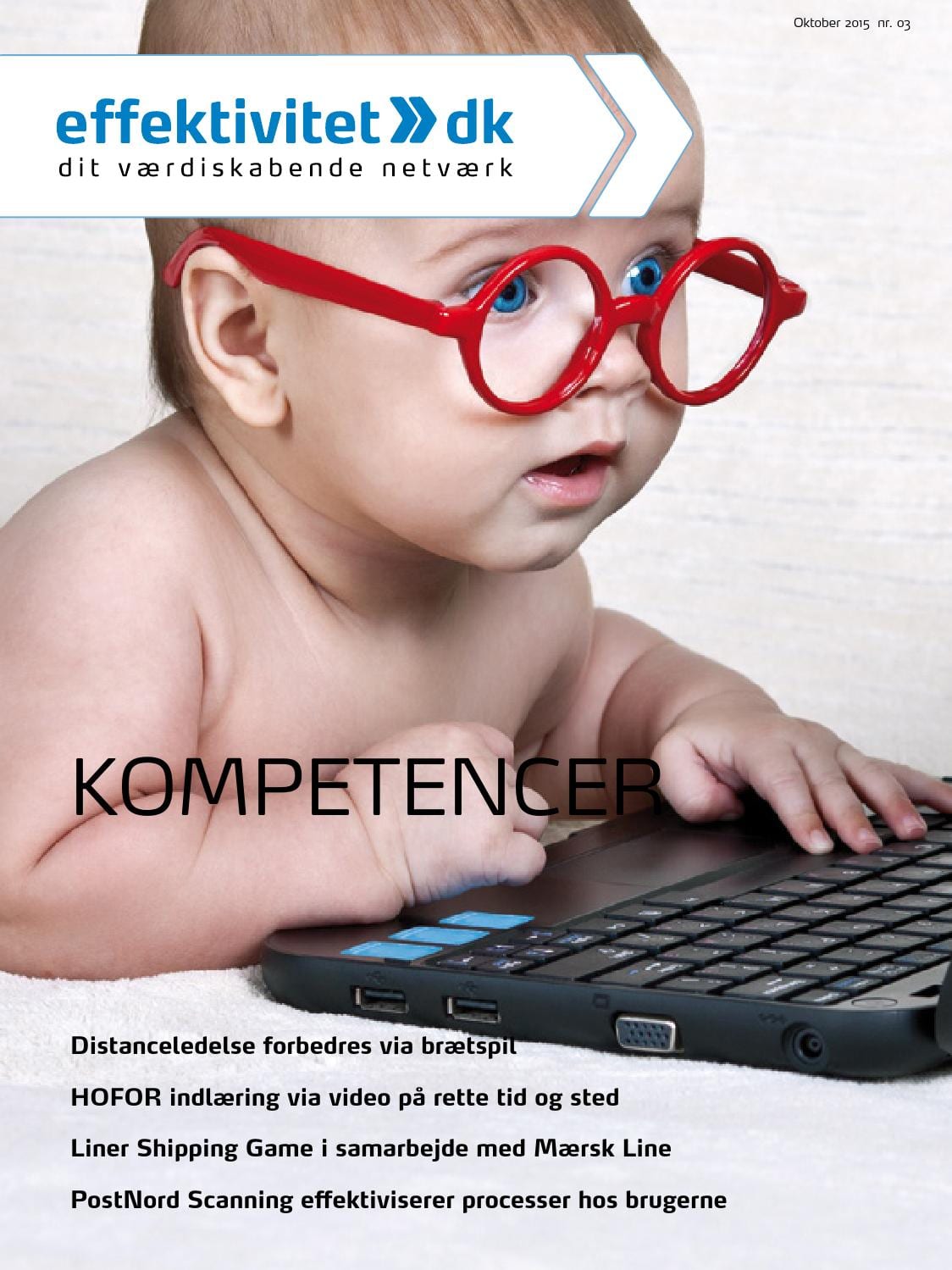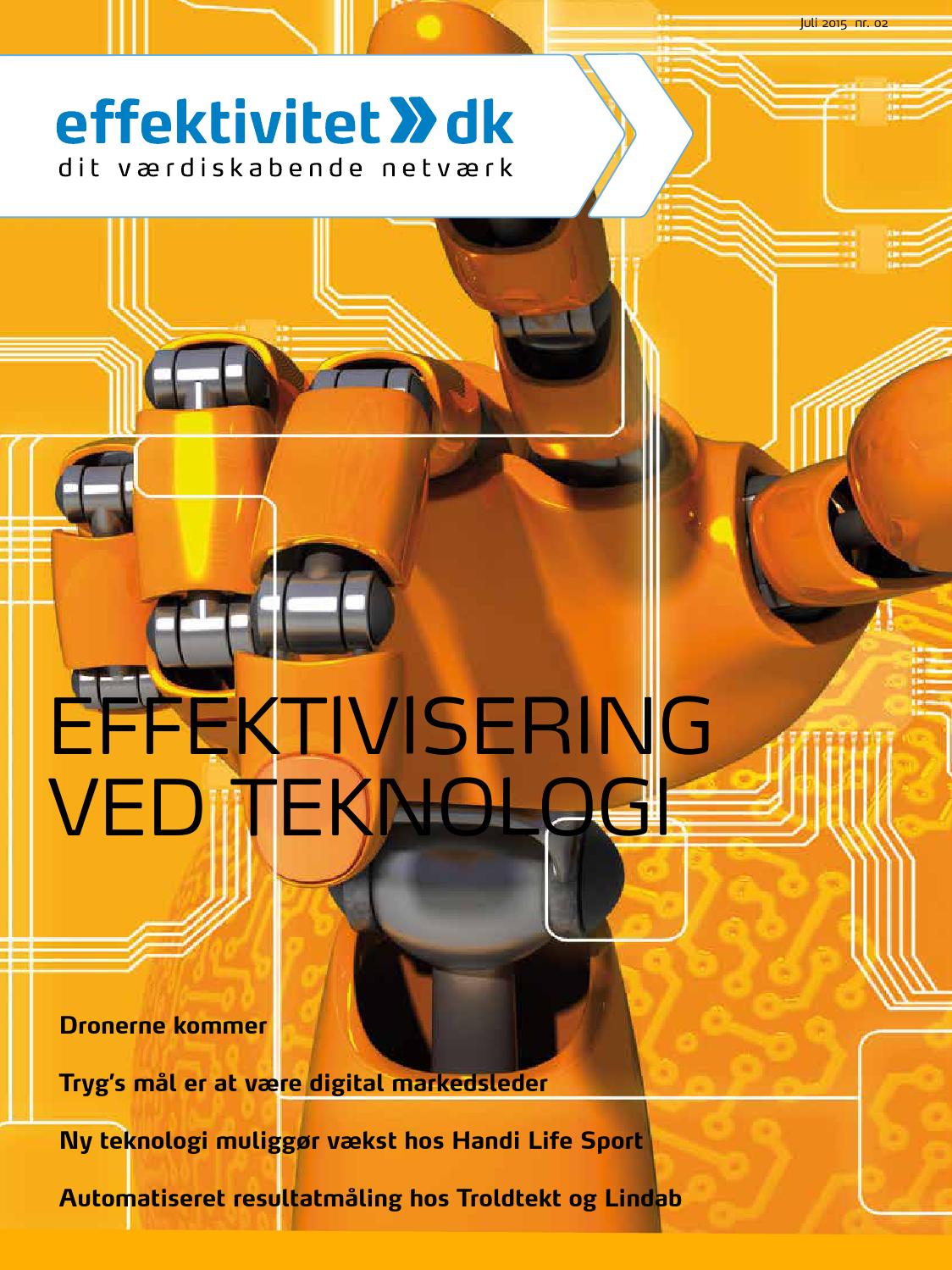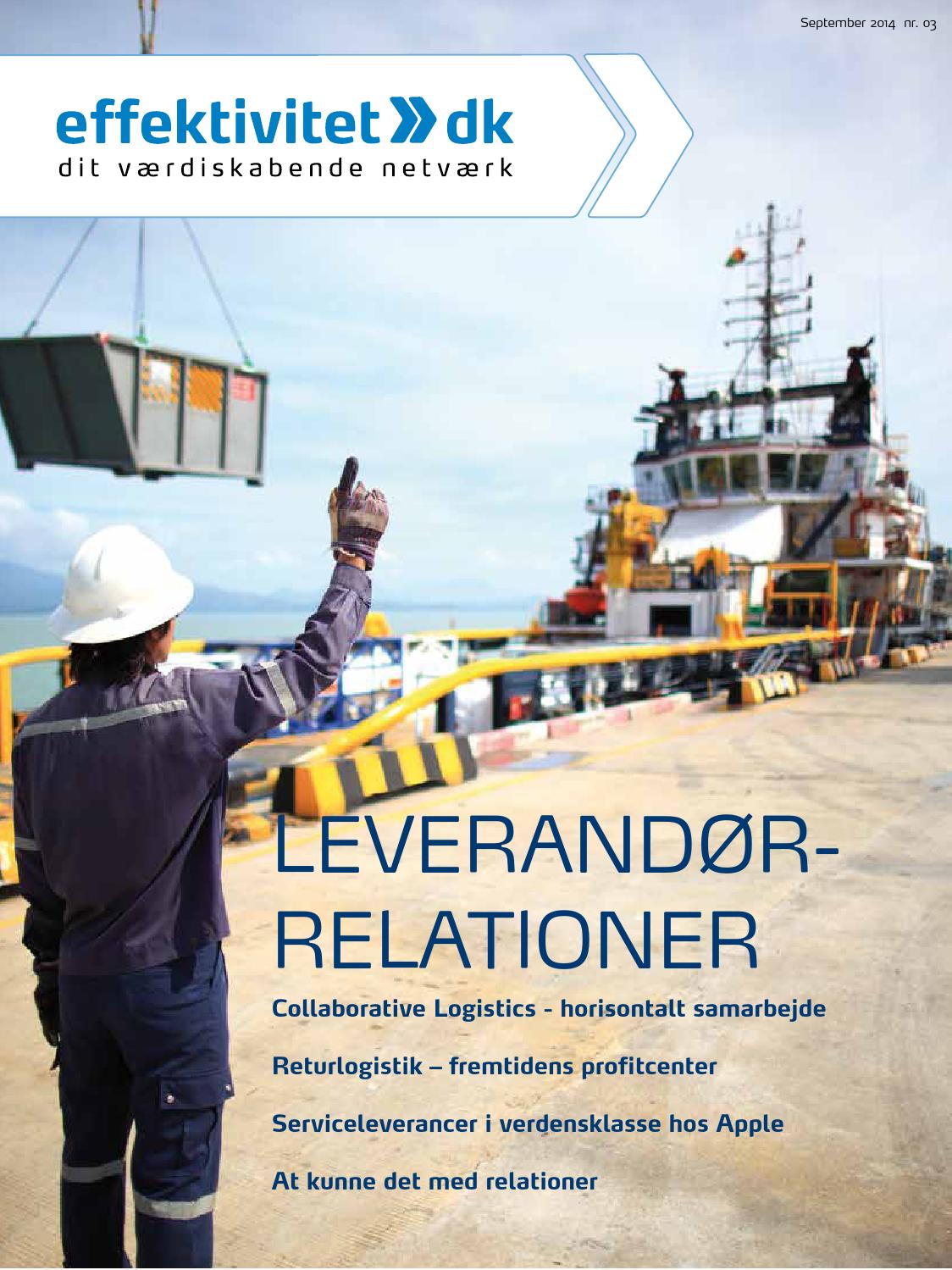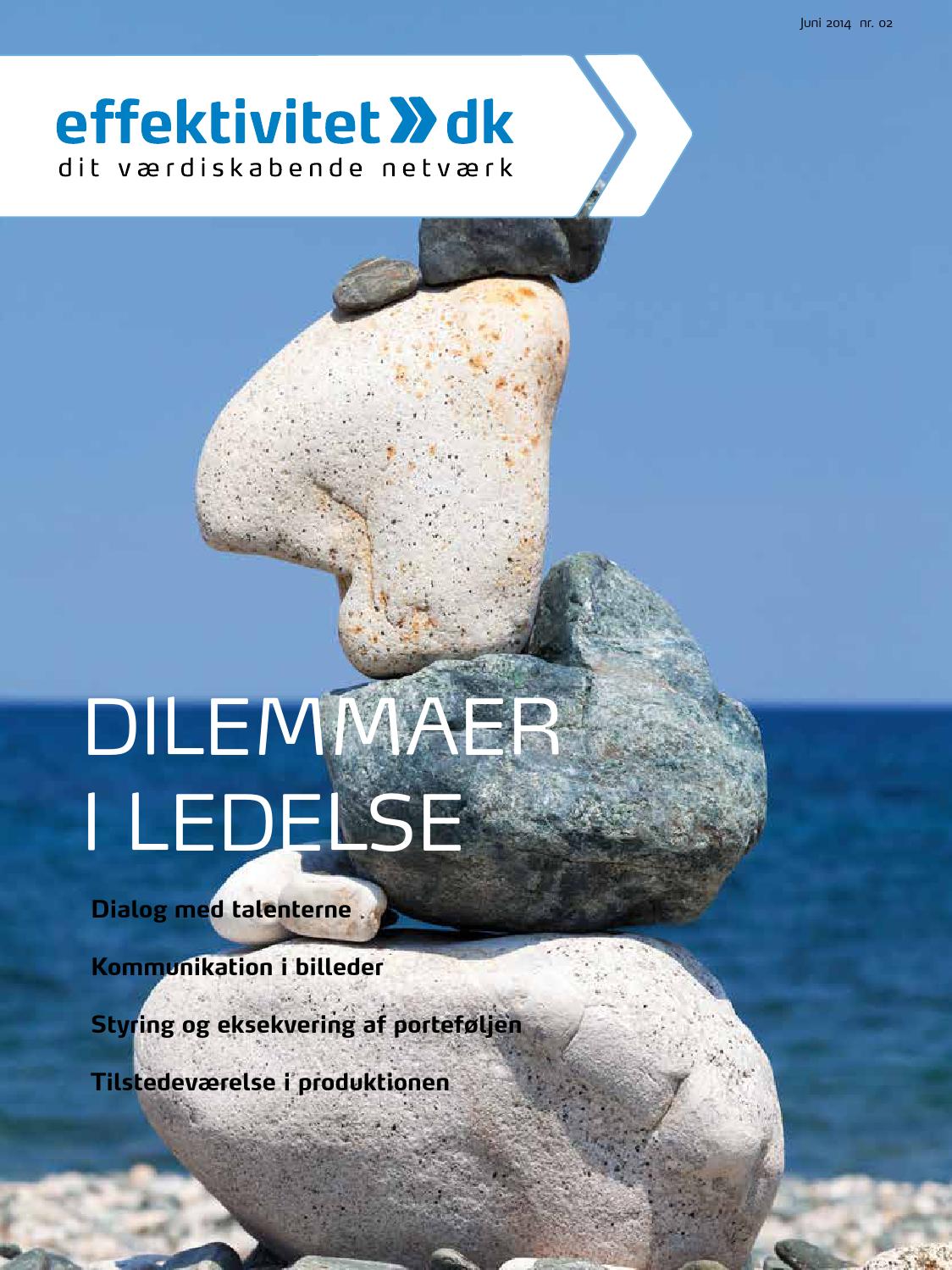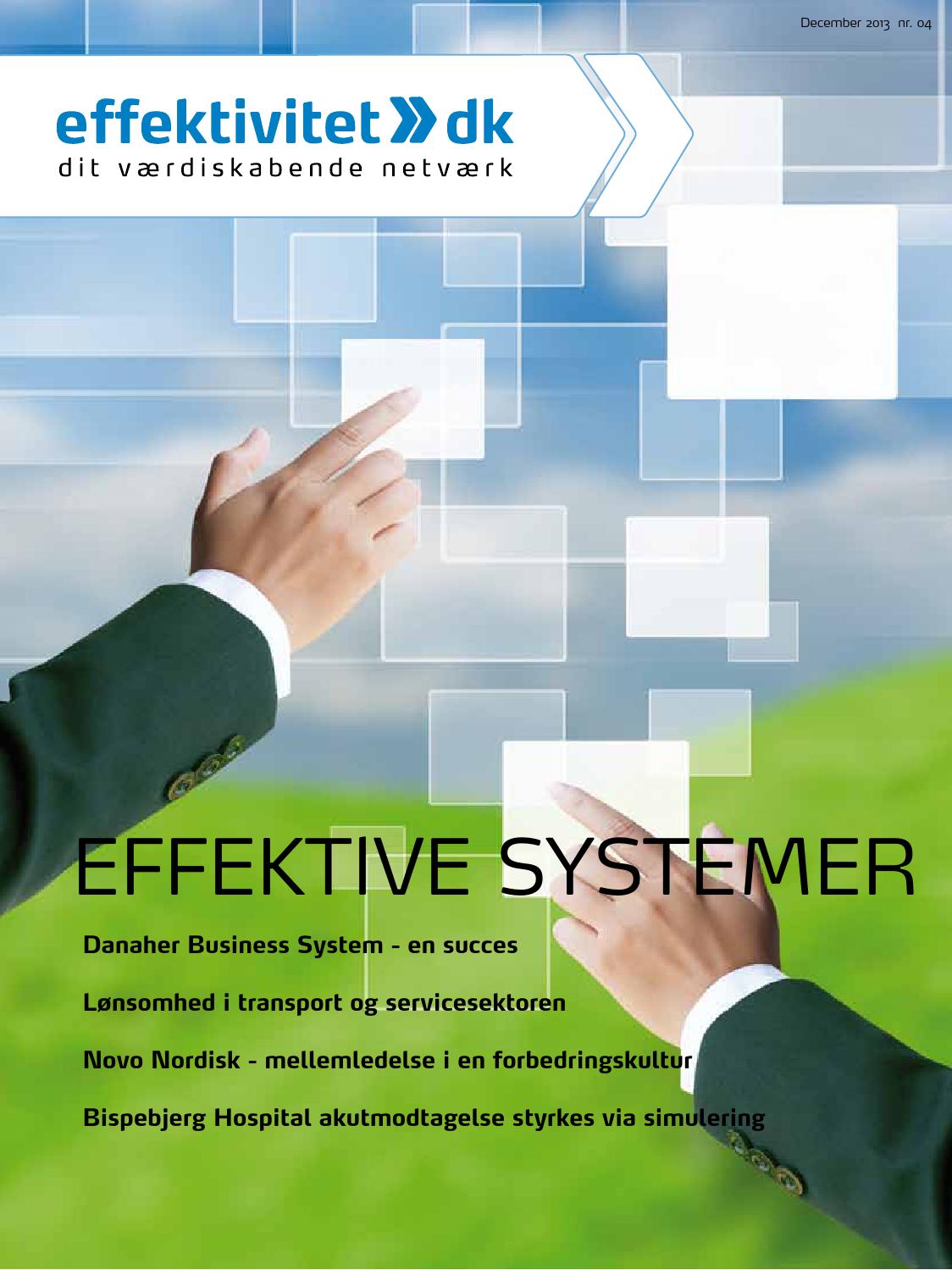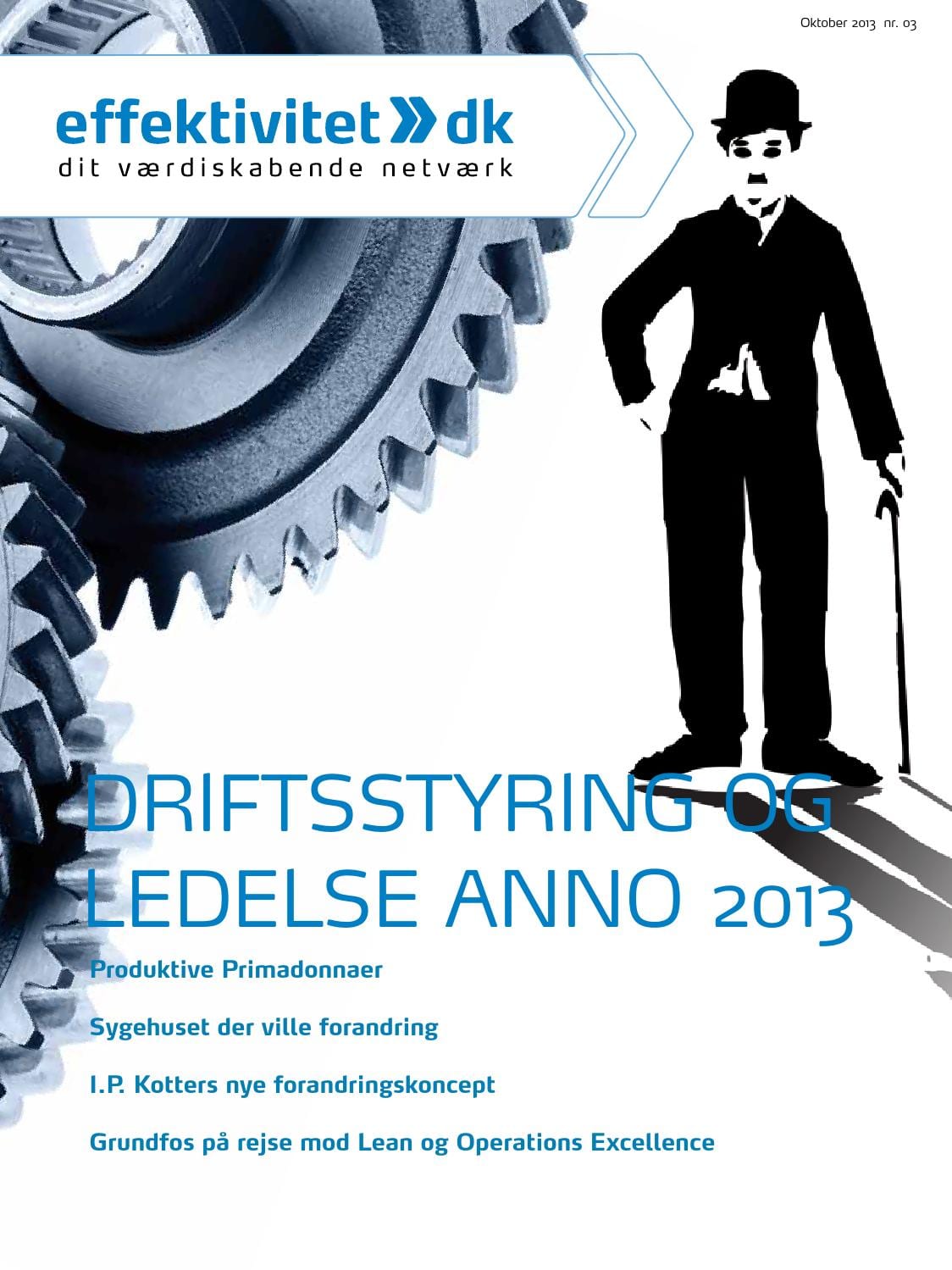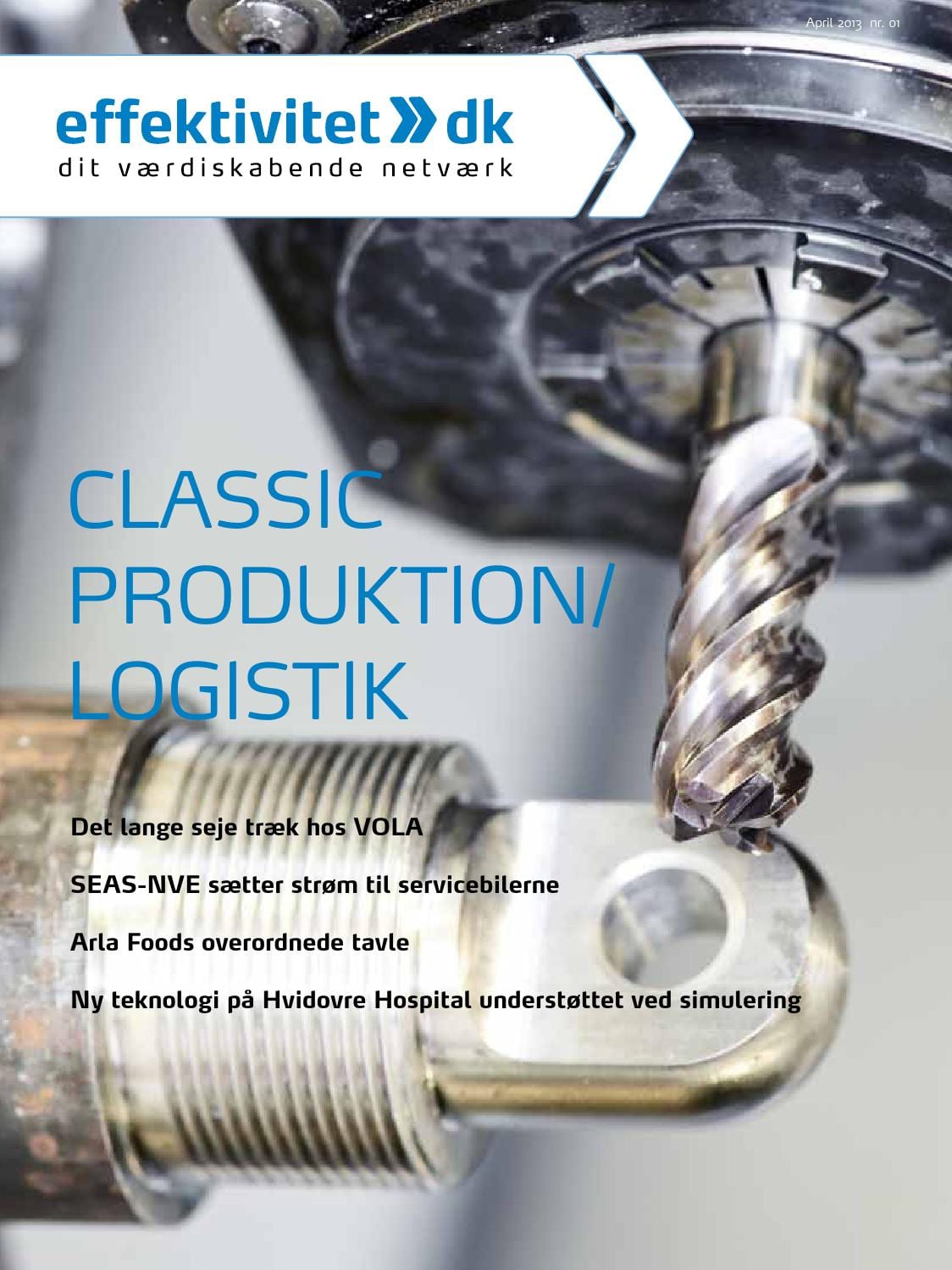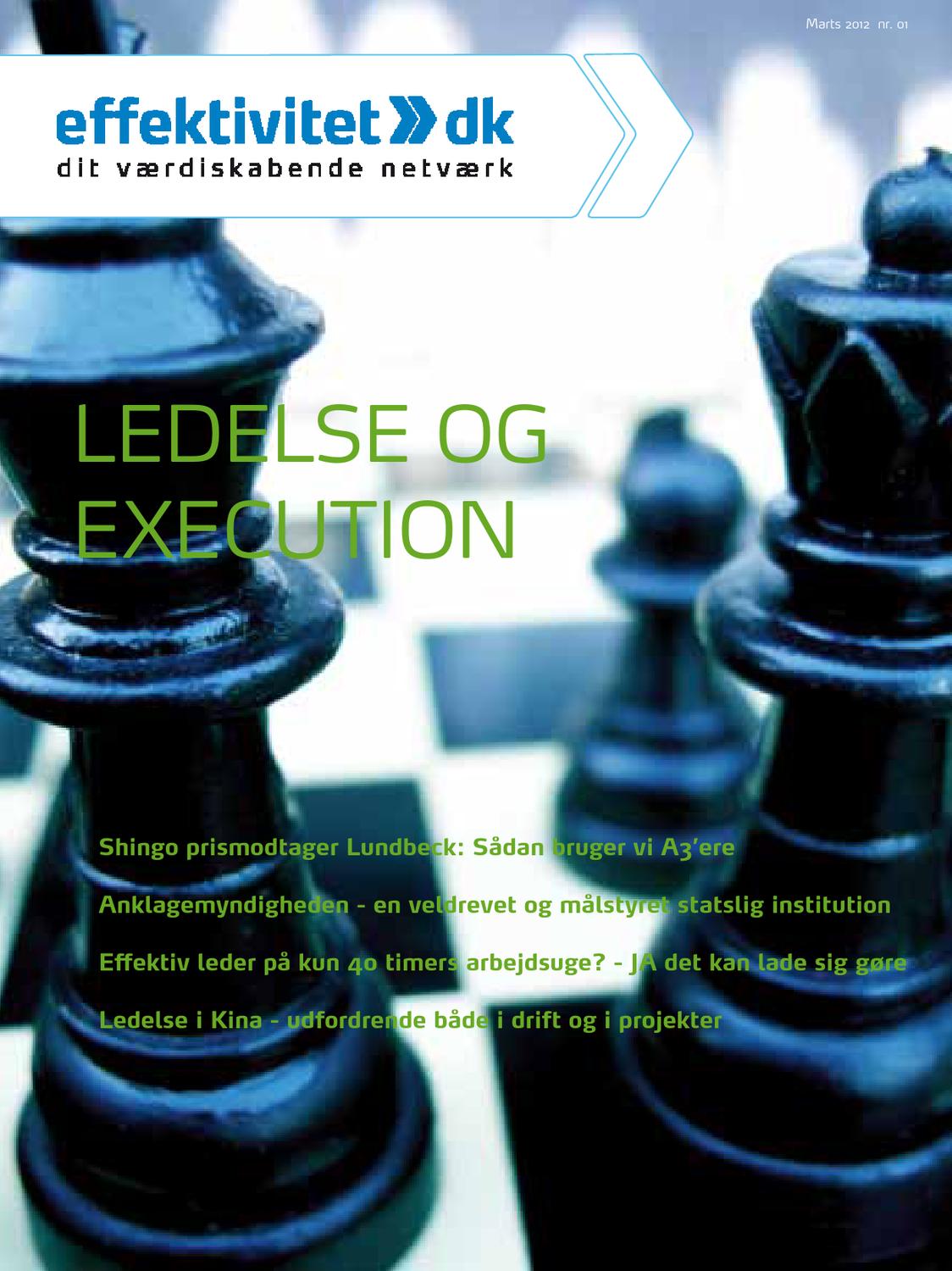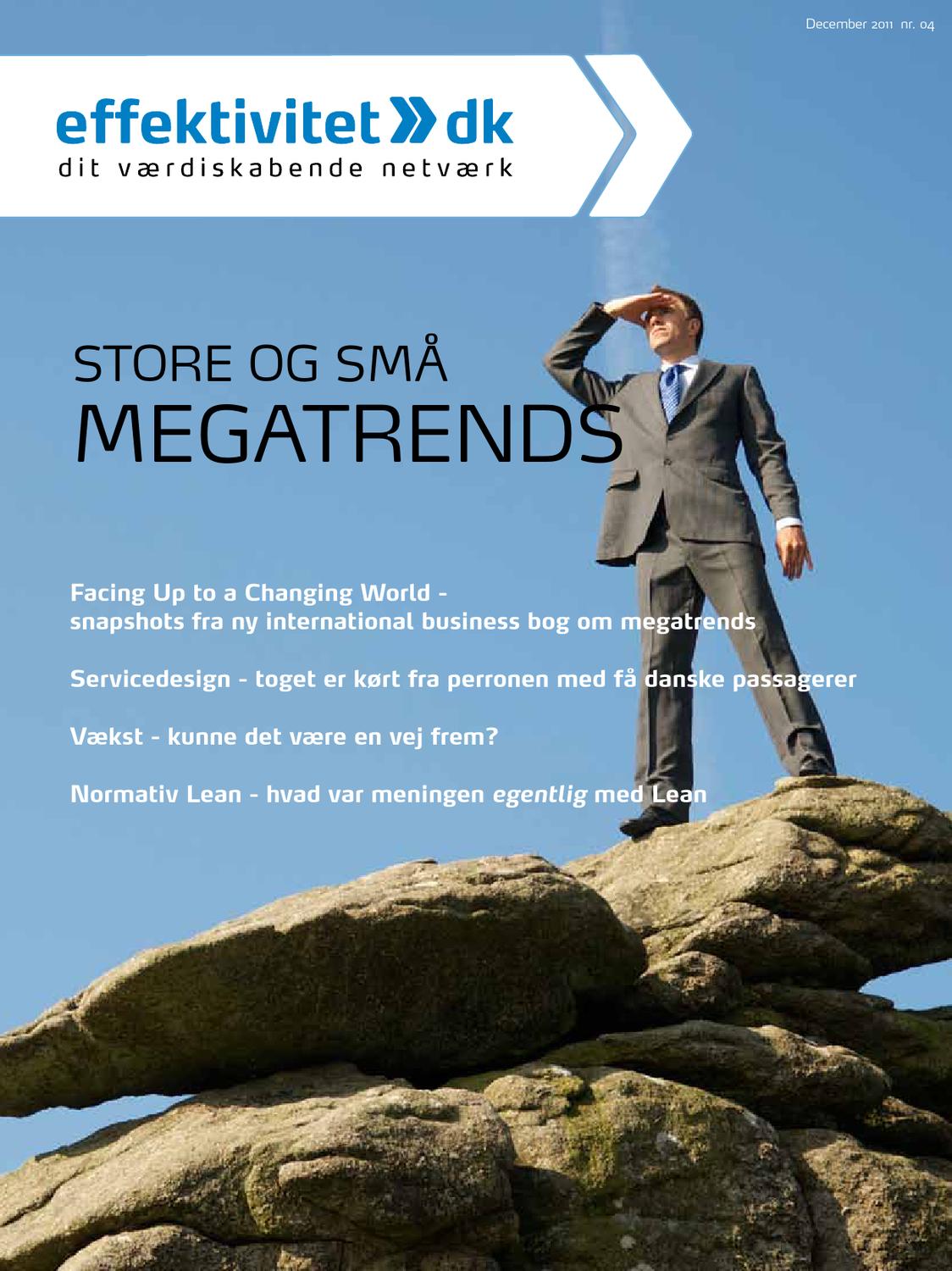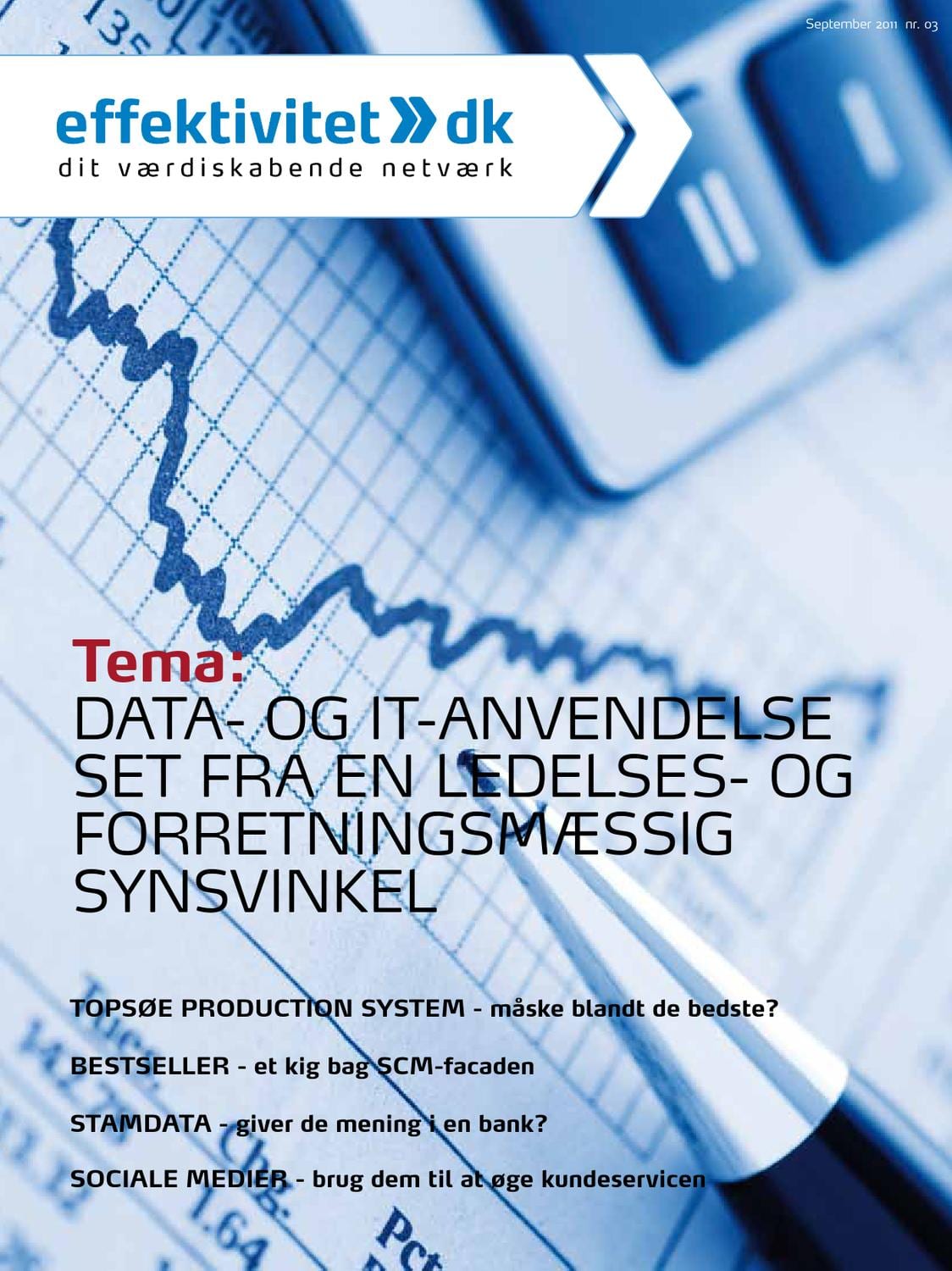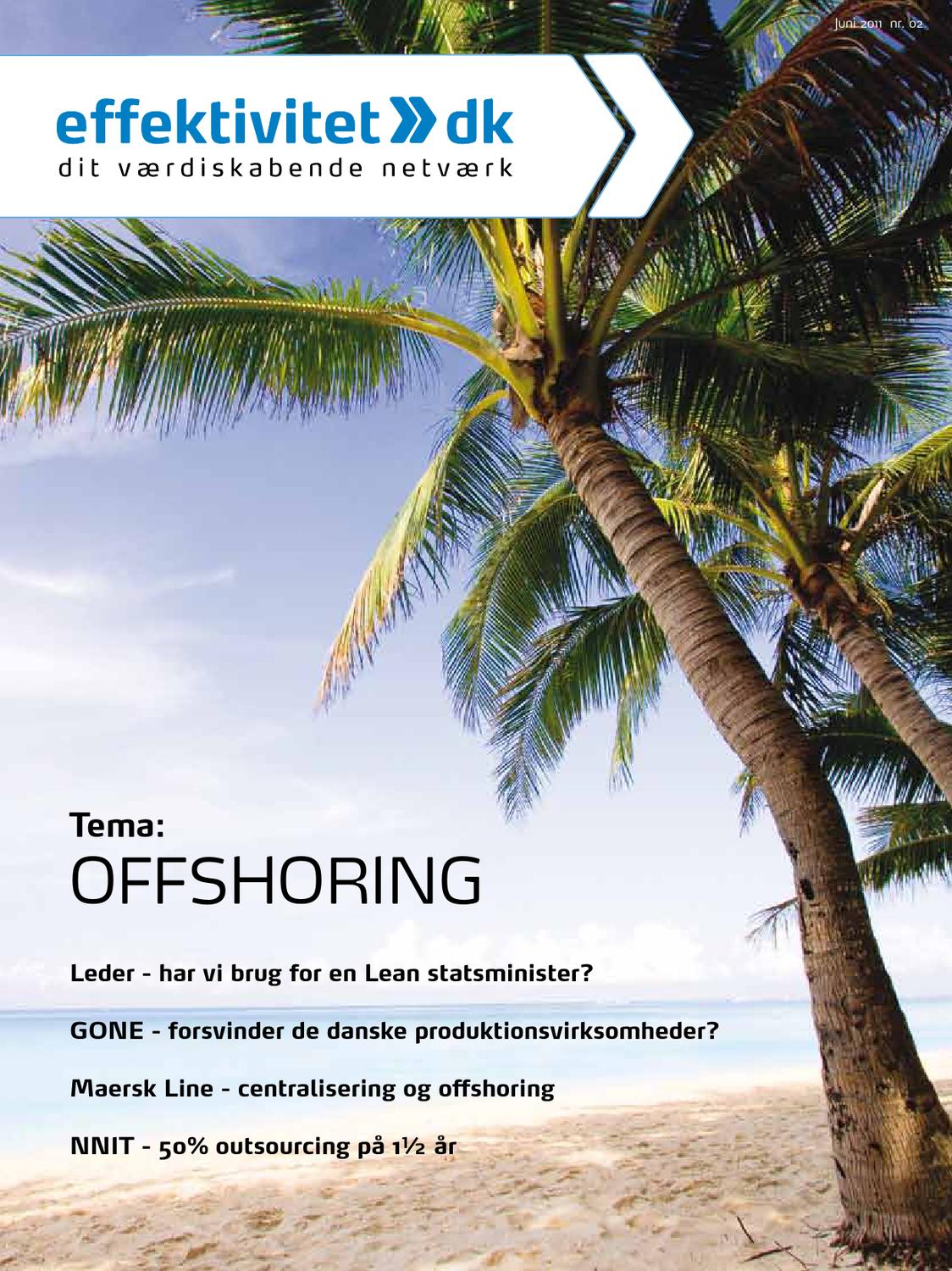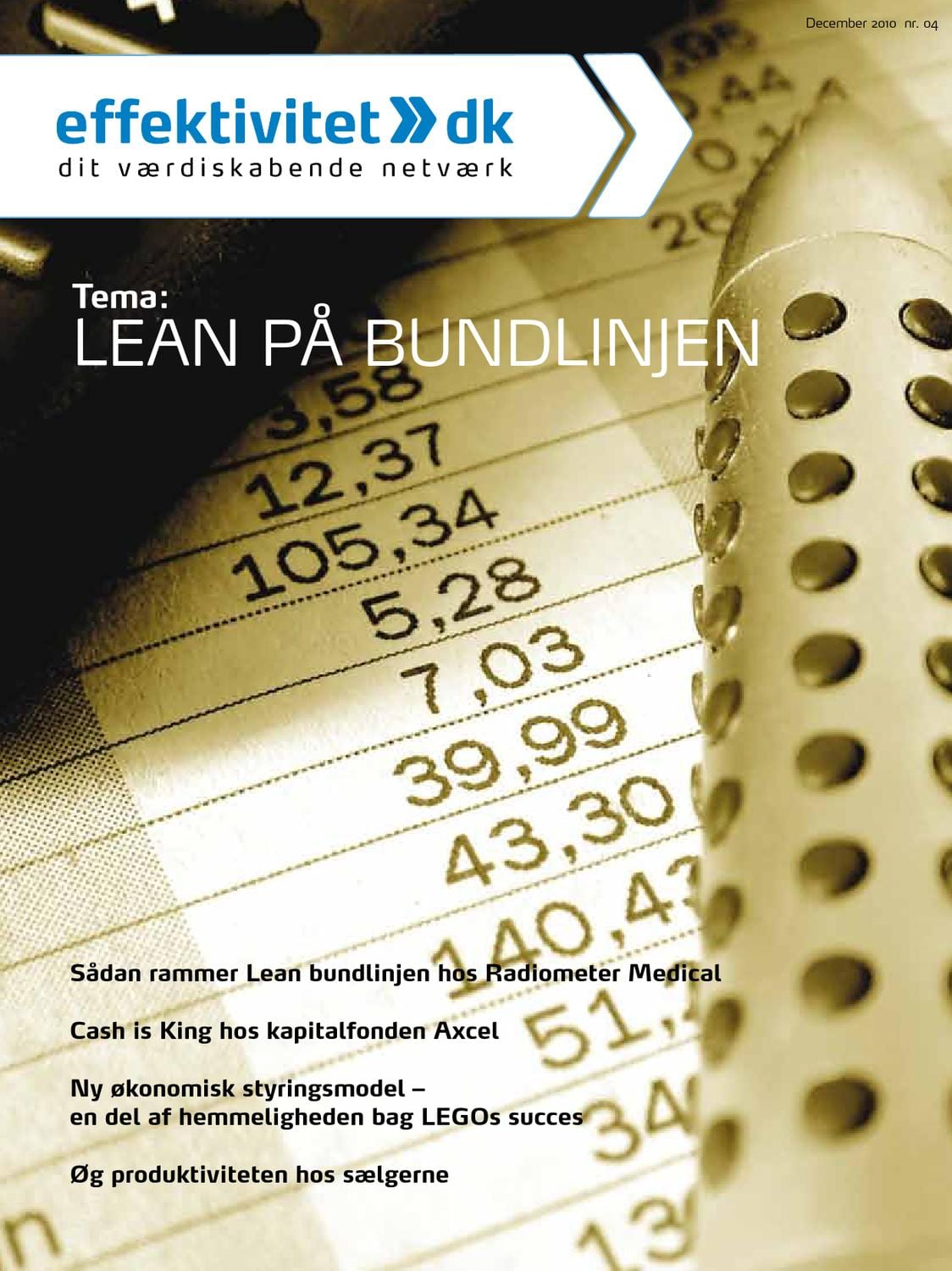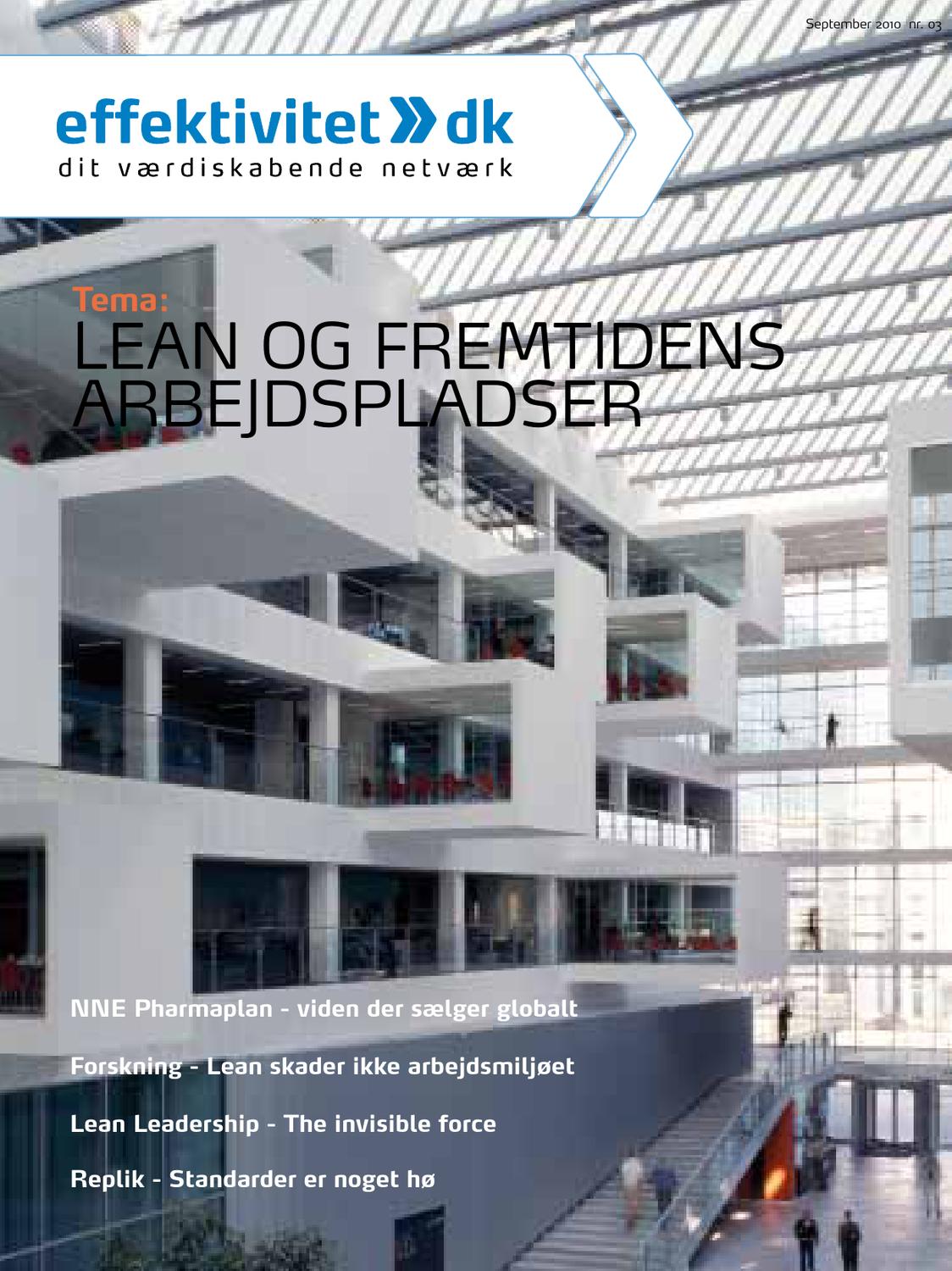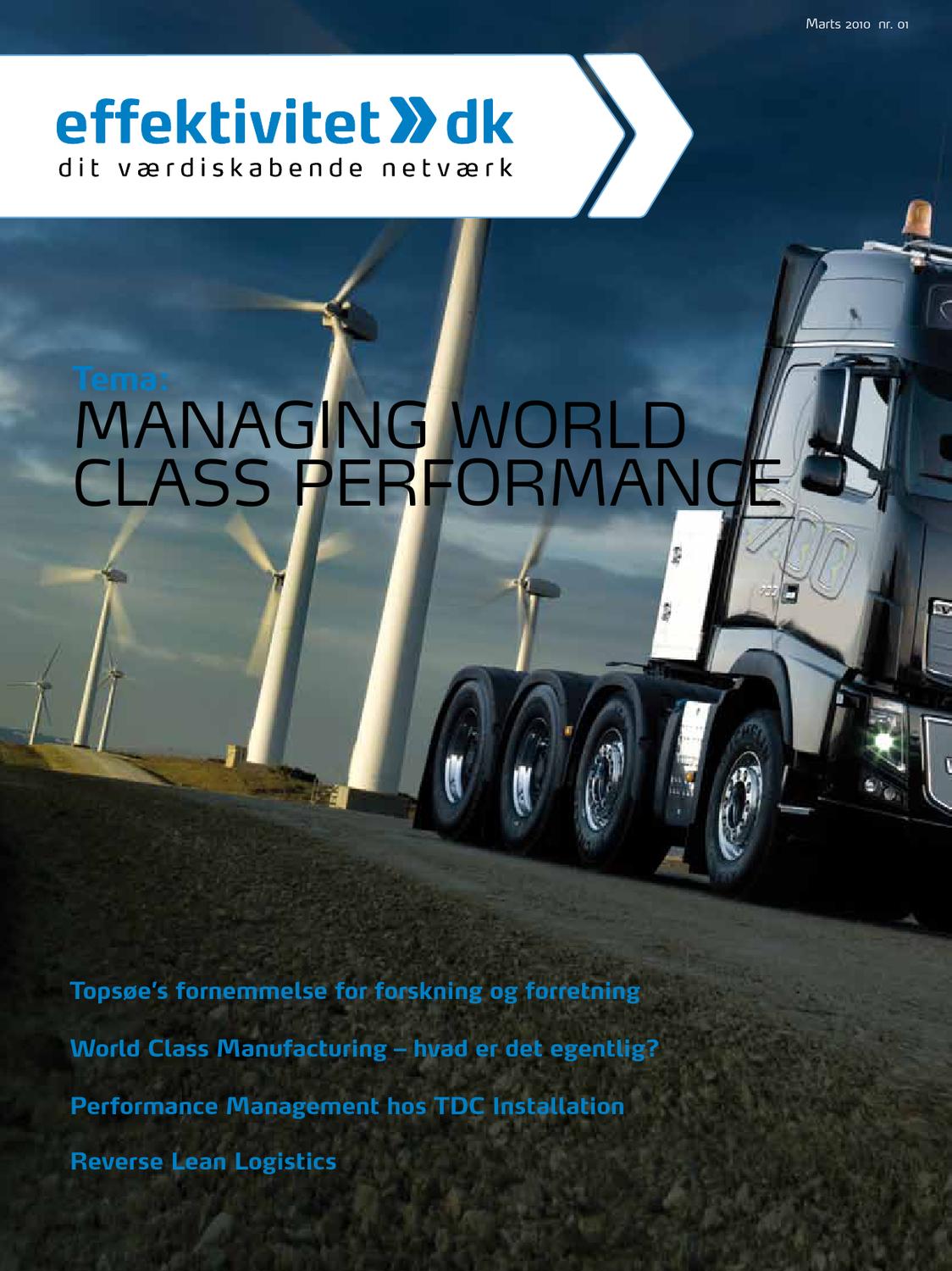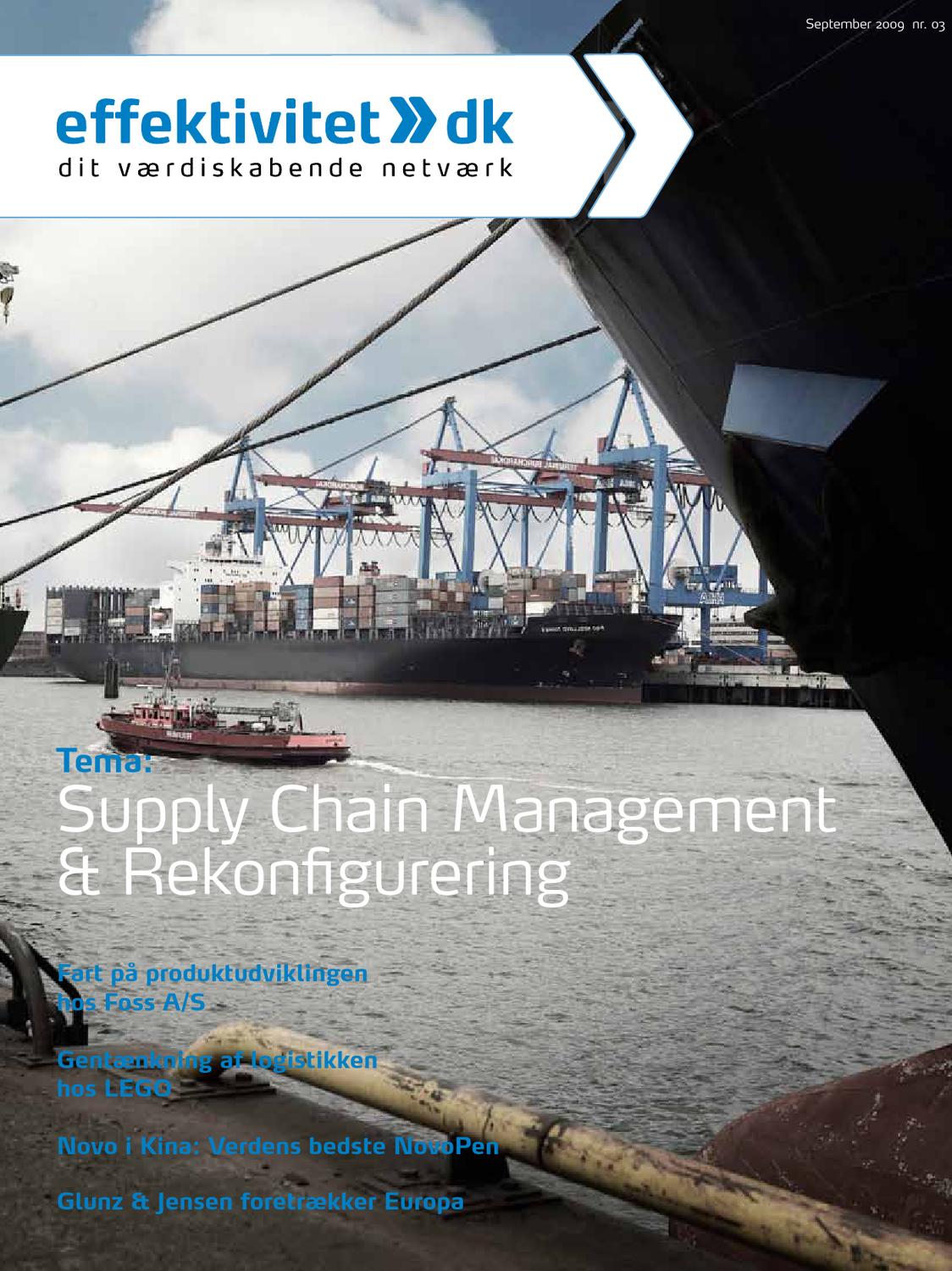What can Maintenance bring to the Lean Party?
In the Manufacturing sense, Lean Thinking allows us to become more flexible and agile, because it is about striving to eliminate waste in all its forms in order to maximise value–adding activity. It is about the speed or velocity with which we can convert a customer’s order into money in our bank account. This is surely sound common sense and as such we need to stick with it.
However, the resultant drive and focus on most of our Manufacturing Processes is highlighting what we’ve probably always known: Namely that the concept of Lean Manufacturing and therefore ‘Manufacturing Velocity’ is only as good as the Reliability and Predictability of our strategic Manufacturing Assets. Low levels of Overall Equipment Effectiveness (OEE) often results in those critical Manufacturing Assets becoming the Pinch-Point in the Supply Chain.
Changing the Image and Perception of Maintenance
One of the biggest problems facing today’s Maintenance Function and hence its Managers and professionals, is one of poor image and perception. Why is there still this poor perception? Maybe it’s because the Engineering Director has never sat down with the Maintenance Manager and thought long and hard enough about:
- Who is our Customer?
- Who are our Key Influencers?
- How should we go about changing these existing poor perceptions?
The first two questions are relatively easy to answer: The customer is Production (or Manufacturing) and the key influencers are our ultimate sponsors – the Managing Director and the Finance Director. To answer the third question let us first take a closer look of what Maintenance can bring to the Lean Party.
Firstly, Lean Manufacturing’s impact on the Maintenance Function:
- Traditional manufacturing (in theory) made it easier to release equipment for Maintenance.
- Lean Manufacturing requires equipment to be available on demand – so the successful adoption of Lean will lead to the revision of the traditional maintenance process.
- The Maintenance function needs to implement plans to integrate and evolve its methods to meet the new demands placed on it by Lean Manufacturing.
- Lean Thinking can help the Maintenance Department to deliver improved performance, lasting change and raise the profile of Maintenance as a value adding function rather than an overhead/cost.
- As such, Maintenance practices must change & respond to meet the challenge of Lean.
Secondly, the Impact of Lean Manufacturing on the Maintenance Delivery:
Lean thinking and practice recognizes there are three main categories of work as follows:-
- Value adding activities (Activities which, in the eyes of the customer make a product or service of value). The Maintenance Response needs to be directed at stabilising and extending component life by controlling contamination and causes of human error
- Non value adding activities (Activities which do not provide product or service features which the customer uses. This includes the 7 classic wastes.) The Maintenance Response needs to promote Focussed Improvement to analyse and remove unnecessary PM’s, waiting time, and other equipment based wastes.
- Necessary non value adding activities (Non value adding activities which are difficult to remove but are essential to the running of the operation). The Maintenance Response needs to engage Operators in routine, front line Asset Care and early problem detection. Also to improve ease of inspection and reduce time to repair
Impact of Maintenance on Lean Thinking – in terms of those same three categories of work:
- Value adding activities – The Maintenance Response needs to define how it can contribute to Improve Quality, Cost and Delivery Capability.
- Non value adding activities – The Maintenance Response needs to focus on Stabilising Process Performance.
- Necessary non value adding activities – The Maintenance Response here concentrates on how to Optimise Process Performance.
The Key Message to recognise in all this is that Lean Manufacturing and Maintenance are both Essential and Tied Partners.
Maintenance must improve its ability to improve the value adding capability by delivering:
- Stabilised process/ equipment performance to reduce unplanned events and waste.
- Optimised performance to reduce quality defects, cost and delivery lead times.
Lean Thinking can help Maintenance
By the application of its proven tools and techniques to target the reduction of waste and non value added maintenance activities by:
- Stabilising and extending component life through controlling contamination and minimising human error.
- Analysing and removing unnecessary maintenance procedures.
- Developing standard countermeasures to common problems.
- Reducing the time to respond and repair.
- Engaging operators in front line Asset Care.
- Improving ease of inspection and early problem detection.
What can a Lean Maintenance / TPM driven approach deliver in improved Overall Equipment Effectiveness?
| Examples: | From | To |
| White Goods | 79% | 88% |
| Automotive | 48% | 75% |
| Flour Mill | 86% | 93% |
| Chemical Plant | 82% | 95% |
| Filling Line | 55% | 85% |
| Packaging Line | 66% | 87% |
All of these operations have followed a clear Implementation Journey (Fig. 1) of securing Management Commitment, before Trialling and Proving a robust 9 step TPM improvement plan (Fig. 2), where the TPM Policy is Developed and then Deployed consistently through 4 Milestones which have robust Audit and Reviews points before proceeding to the next level.
Some final thoughts
The word Lean has some sad connotations and meanings to the uninitiated. Most people think being Lean is doing the same with less and unless you enlighten them straight away you won’t get much support far less sustainability. It needs to be spelt out at the onset- without any jargon -that Lean thinking is about maximizing value added through the elimination of waste in all its guises-and we can all buy into that!!
A Sustainable Lean Manufacturing Environment Demands:
- The Right Support Framework & Infrastructure.
- Plus use of the Right Tools & Techniques.
- In order to Generate the Right Behaviours.
These ‘Right Behaviours’ start with Leadership Behaviours which focus on:
- Standards – Which are Consistently Applied
- Responsiveness & Pace – When Deviations Occur
- Continuous Improvement – By Stretching the Standards
- Striving for Perfection – So We at least Make Progress
- Specified Value Streams – For the Department and the Company
- Respect – For Customer & Employee, plus Products & Standards
- Autonomy – Putting our People before Products / Service
Figur 2: Nine StepTPM Improvement Plan
Peter Willmott, BTech (Hons) Production Engineering, FIEE, CE
Since Peter Willmott gained practical experience with maintenance in the aerospace industry 30 years ago, he has been studying the ways maintenance can add value and positive impact on productivity and overall business performance – instead of being seen as a ‘nessecary evil’.
Peter operates as an independent TPM Trainer and Advisor for manufacturing and service industries. Specialising in the formulation and implementation of ‘Total Productive Manufacturing’ as a practical application of Lean.
Peter has run workshops and presentations on the subject of Lean Manufacturing, TPM, OEE and ‘Maintenance Best Practice’ at conferences and seminars in over 25 countries around the world, and has led five TPM Study Tours to Japan. He is recognised as a leading authority on the application of TPM in the Western World, and was nominated for the prestigious EFNMS European Maintenance Incentive Award in 2008. He was Project Manager for a major European initiative called ‘TPM Experience’, to disseminate TPM Best Practice and also to develop a European Standard of TPM using the ‘EFQM’ and ‘Business Excellence Model’.
Peter has written two books on the subject: ‘TPM The Western Way’ and ‘TPM – A Route to World Class Performance’.


![Cartoon Figures And Charts -2 (2) [Kompatibilitetstilstand ]1 NY](http://effektivitet.dk/wp-content/uploads/2019/01/CartoonFiguresandCharts-2(2)[Kompatibilitetstilstand]1NY_300x225.jpg)
